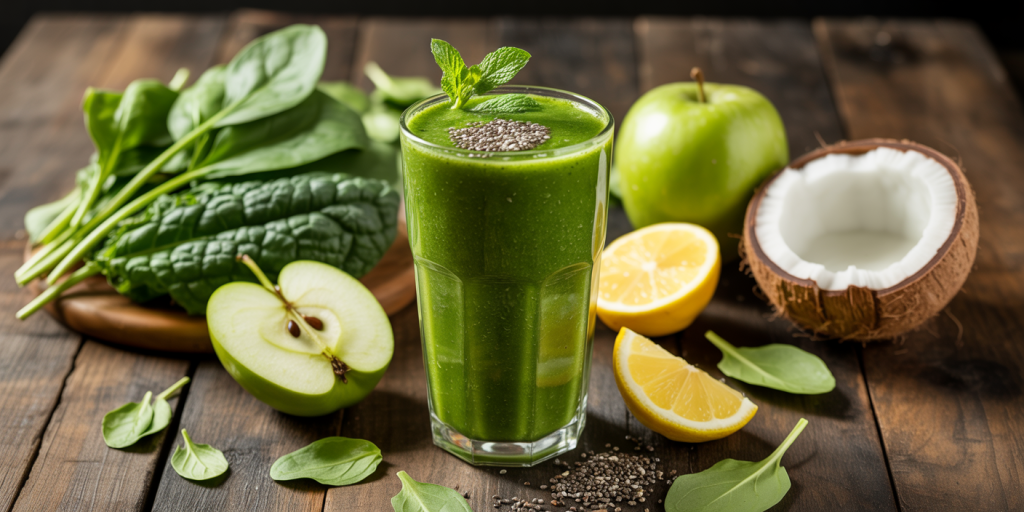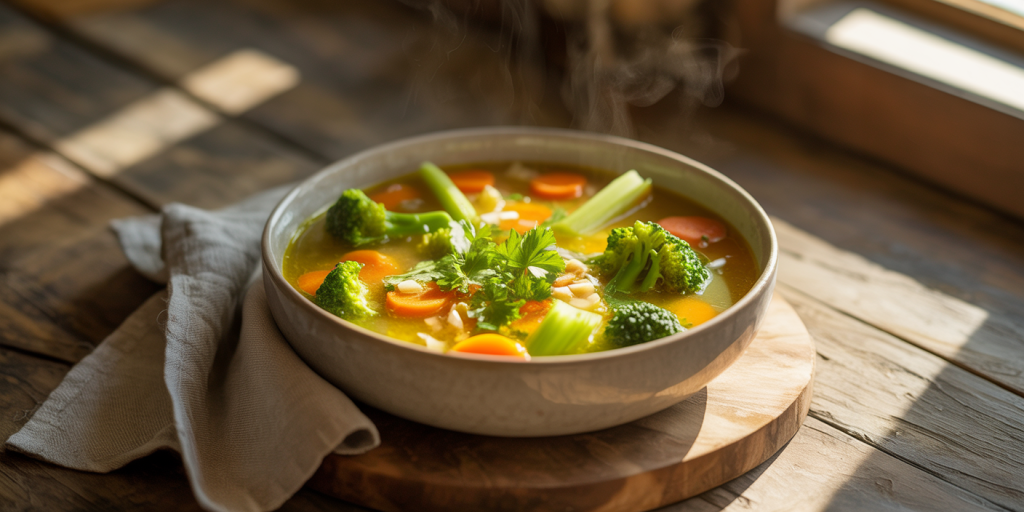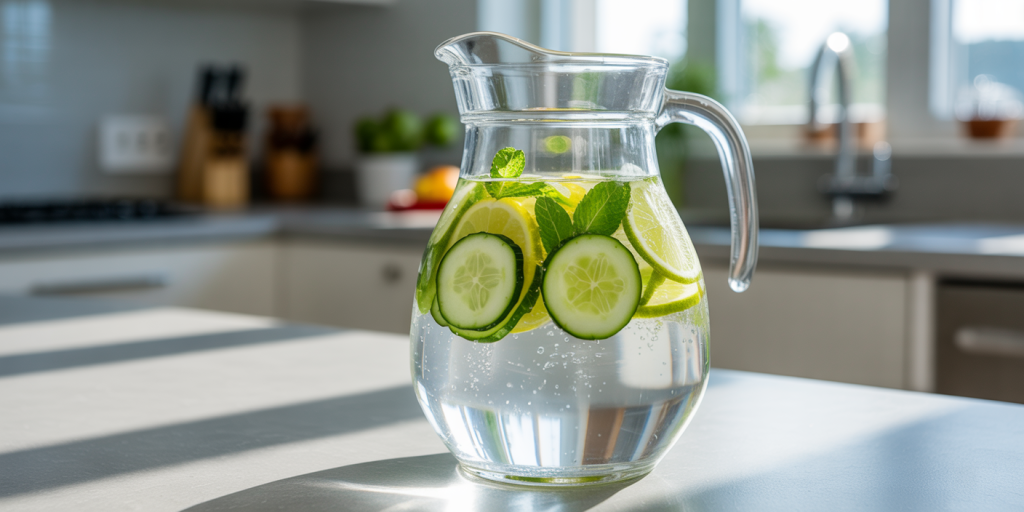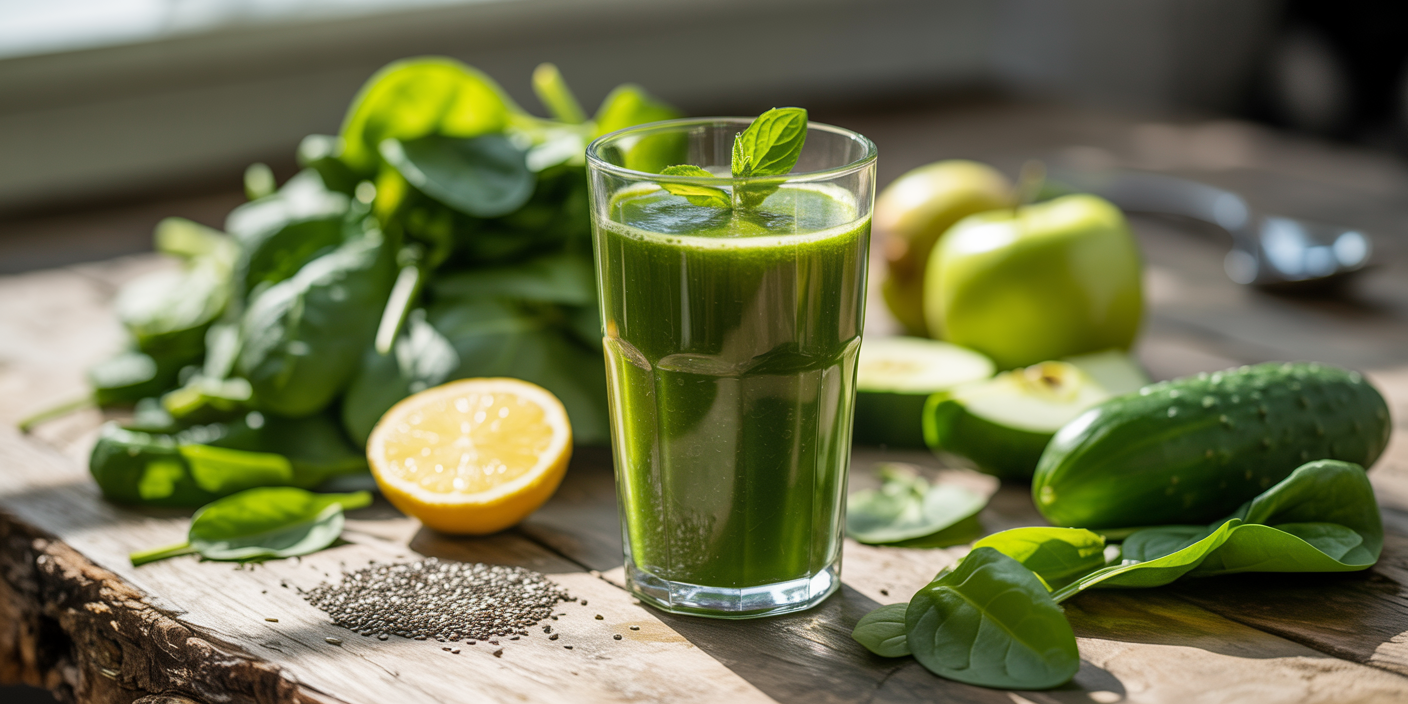Detoxification has become a popular health trend aimed at cleansing the body of toxins and promoting overall wellness. With increasing environmental pollutants, processed foods, and stress factors, many individuals seek natural and effective ways to support their body’s detox pathways. Detox recipes, when crafted thoughtfully, combine nutrient-dense ingredients that aid liver function, improve digestion, and enhance energy levels. This article delves into a variety of easy and delicious detox recipes, supported by evidence-based benefits, nutritional insights, and practical applications for daily life.
The Importance of Detoxification in Modern Health
Our bodies naturally detoxify through organs like the liver, kidneys, and skin, but modern lifestyles often overload these systems with harmful compounds. Scientific studies have shown that exposure to pollutants, heavy metals, and dietary toxins can lead to oxidative stress and inflammation, increasing the risk of chronic diseases (Miglani & Kaur, 2020). While complete avoidance isn’t always possible, incorporating detox-supportive foods can enhance the body’s natural ability to neutralize and eliminate toxins.
Detox diets and recipes emphasize antioxidants, fiber, and hydrating components that facilitate cleansing without harsh restrictions. According to a 2019 survey by the International Food Information Council, 38% of consumers tried detox diets or cleanses to improve health and weight management reasons, reflecting a growing interest in practical detox approaches. A balanced detox recipe combines taste and nutrition, ensuring adherence and maximizing benefits over the long term.
Green Smoothies: A Nutritious Start for Detox
Green smoothies are a convenient and tasty way to flood the body with vitamins, minerals, and antioxidants, essential for supporting detoxification organs. Ingredients such as spinach, kale, cucumber, celery, and herbs like parsley offer high levels of chlorophyll, which is believed to help remove heavy metals and boost liver health (Calderon-Oliver et al., 2018).

For example, a simple detox green smoothie recipe includes: 1 cup spinach or kale 1/2 cucumber 1 green apple for sweetness Juice of 1 lemon 1 tablespoon chia seeds 1 cup coconut water or plain water
Blending these ingredients creates a hydrating and fiber-rich beverage that promotes bowel regularity and flushes out toxins. Practical application comes in the form of replacing high-calorie, processed breakfast options with these smoothies, which can reduce daily caloric intake while improving nutrient density.
In real-world clinical cases, patients incorporating green smoothies into their diet during a detox protocol reported improved digestion and energy. A 2017 trial involving 50 adults on plant-based detox diets found a 45% increase in antioxidant levels after a 14-day intervention, demonstrating positive systemic effects.
Detoxifying Soups: Warm Comfort Meets Cleanse
Soups are highly versatile, easy to prepare, and extremely satisfying, making them an ideal inclusion in detox routines. Certain vegetables and spices have well-documented detoxifying properties. For instance, cruciferous vegetables like broccoli, cabbage, and Brussels sprouts contain glucosinolates that stimulate phase II liver enzymes responsible for toxin elimination (Jeffery, 2007). Ginger and turmeric add anti-inflammatory and antioxidant benefits, enhancing the soup’s cleansing effect.

A classic detox soup recipe includes: 1 cup chopped broccoli 1 cup chopped carrots 1 stalk celery diced 1 clove garlic minced 1 teaspoon turmeric powder 4 cups vegetable broth Fresh coriander or parsley for garnish
After sautéing garlic and vegetables lightly, simmer them in broth with turmeric to create a flavorful healing bowl. The soup’s fiber helps bind toxins in the gut, facilitating their removal.
Comparing detox soups to other meal options, one can see clear advantages:
| Meal Type | Caloric Density | Fiber Content (g) | Antioxidants | Ease of Preparation | Satiety Level |
|---|---|---|---|---|---|
| Detox Soup | Low to moderate | 6-8 per serving | High | Moderate | High |
| Fast Food Meal | High | 2-3 | Low | Low | Low to moderate |
| Processed Snack | Very high | <1 | Negligible | Very low | Low |
This comparative table highlights how detox soups strike a balance between palate satisfaction and nutritional advantage, fostering an easier transition away from less healthy foods during cleansing periods.
Infused Waters: Hydration with a Detox Twist

Water is crucial to detoxification, supporting kidney function, skin health, and metabolic processes. Infused waters elevate plain hydration by adding flavor and beneficial compounds from fruits, vegetables, and herbs without extra calories or sugars. A creative infused water recipe can encourage increased fluid intake, which is often a limiting factor for many individuals.
Examples include: Cucumber, mint, and lime water Lemon, ginger, and turmeric water Strawberry, basil, and black pepper water
These combinations deliver antioxidants, vitamins (notably vitamin C), and anti-inflammatory agents in trace amounts, making detox more enjoyable. Studies confirm that enhanced water intake improves detox efficiency; a 2018 meta-analysis showed that individuals increasing water consumption by 1-2 liters daily experienced better kidney clearance and fewer urinary tract infections (Clark et al., 2018).
Additionally, infused waters provide a healthier alternative to sugary beverages and soft drinks. Incorporating a bottle of infused water throughout the day can reduce cravings and support the body’s cleansing efforts. This realistic, low-cost approach is particularly useful in workplace or school environments, where accessibility to healthy drinks might be limited.
Energy-Boosting Detox Salads
Salads packed with detoxifying ingredients form a cornerstone of effective cleansing diets. These meals tend to be low in calories but rich in fiber, phytonutrients, and healthy fats that aid toxin removal and metabolic function. Leafy greens like arugula, watercress, and romaine lettuce provide chlorophyll and potassium, promoting hydration and liver health.
A nutrient-rich detox salad recipe involves: 2 cups mixed greens (spinach, kale, arugula) 1/2 cup shredded carrots 1/4 cup pomegranate seeds (antioxidants) 1 tablespoon pumpkin seeds (zinc, magnesium) 1 small avocado (healthy fats) Dressing: olive oil, lemon juice, and a pinch of black pepper
The inclusion of antioxidant-rich pomegranate and healthy fats from avocado enhances nutrient absorption, which supports the liver and gut lining. Practical applications include using salads as a light but filling lunch option to break from carb-heavy or processed food meals, contributing to clearer skin and better digestion, as reported in a 2021 dietary intervention in a group of 30 women.
To better understand the macronutrient differences, here is a nutritional comparison between a typical detox salad and a standard fast-food burger meal:
| Nutrition Component | Detox Salad (1 serving) | Fast-Food Burger (1 serving) |
|---|---|---|
| Calories | 350 | 550 |
| Protein (g) | 8 | 25 |
| Fiber (g) | 10 | 3 |
| Saturated Fat (g) | 3 | 12 |
| Sugar (g) | 7 | 9 |
| Vitamin C (%DV) | 120 | 15 |
This table illustrates how detox salads not only promote detox benefits but also align with healthy weight management and nutrient balance.
Future Perspectives: Innovations in Detox Nutrition
The future of detox nutrition lies at the intersection of culinary innovation, personalized health, and scientific validation. Advances in nutrigenomics and monitoring technology will allow individuals to tailor detox recipes based on unique genetic and microbiome profiles. Already, preliminary research suggests that gut microbiota modulation through diet can enhance toxin metabolism and reduce systemic inflammation (Korpela et al., 2016).
Moreover, emerging superfoods such as moringa, chlorella, and adaptogenic herbs are being incorporated into easy-to-make detox recipes, providing concentrated phytonutrients that target modern environmental challenges. Food technology innovations are also making shelf-stable detox products that retain maximal nutrient content without additives, enabling broader access to detox regimes.
The global wellness industry, now valued at over $4.5 trillion (Global Wellness Institute, 2023), is increasingly emphasizing plant-based, toxin-free ingredients that reflect sustainability trends. Future detox recipes will likely combine taste, health benefits, and environmental consciousness.
Integrating digital health platforms with recipe apps will provide real-time feedback, shopping guides, and meal planning to simplify detox dietary adherence. Such technological advancements can empower consumers not only to detoxify effectively but also to maintain long-term healthy eating habits.
—
Detox recipes such as green smoothies, nutrient-dense soups, infused waters, and energy-boosting salads offer practical, delicious pathways to support the body’s natural cleansing processes. This approach aligns with modern lifestyle needs and scientific understanding, promoting optimal health through enjoyable, easy-to-prepare meals. As research evolves and consumer preferences shift toward personalized nutrition, detox recipes will continue to adapt, providing accessible wellness tools for diverse populations worldwide.
—
References Calderon-Oliver, M., Carrasco-Pozo, C., & Reyes-Farias, M. (2018). Chlorophylls and their potential health benefits. *Curr Med Chem*, 25(34), 3713–3724. Clark, W. F., et al. (2018). Effects of increased water intake on kidney function: A meta-analysis. *Clin J Am Soc Nephrol*, 13(7), 1019–1030. Global Wellness Institute. (2023). Global Wellness Economy Overview. Jeffery, E. H. (2007). Glucosinolates and isothiocyanates in health. *Food Chem Toxicol*, 45(5), 768–775. Korpela, K., et al. (2016). Gut microbiota signature predicts low toxin metabolism in humans. *Gut Microbes*, 7(1), 1–7. Miglani, M., & Kaur, R. (2020). Detoxification and oxidative stress. *Int J Pharm Sci Res*, 11(4), 1440–1448.

Deixe um comentário